Customer loyalty is the key to the success for any business. A loyal customer not only generates repeat business but also acts as a brand ambassador, spreading positive word-of-mouth and attracting new customers.
In today’s competitive marketplace, it is essential for businesses to prioritize customer loyalty and retention in order to remain relevant and profitable. One way to achieve this is through the implementation of a customer loyalty program.
These programs are designed to reward loyal customers via customer reward programs with incentives like discounts, exclusive offers, and redeemable rewards points. The main aim is to enhance brand retention and establish profitable long-term ties with customers.
– Serbay Arda Ayzit, Digital Marketing Expert
A well-designed loyalty program can not only incentivize customers to continue doing business with a company but can also create a sense of community and emotional connection to the brand. In this blog, we will explore some effective ways to achieve your customers’ interests and build a successful customer loyalty program.
What Is A Customer Loyalty Program?
A customer loyalty program is a marketing strategy used by businesses to encourage customers to continue doing business with them. Moreover, these programs often offer rewards, discounts, or other incentives to customers who make repeat purchases or engage with the brand in other ways.
In the words of Matthew Ramirez, a Forbes 30 Under 30 Alumni and Entrepreneur,
A customer loyalty program is a system that rewards customers for their repeat business by giving them points or virtual currency to spend.
This could be anything from a punch card for ten coffees for the price of eight to a points system where each dollar spent earns the customer a point.
By offering these rewards, businesses aim to increase customer retention, encourage brand advocacy, and ultimately drive revenue. What’s more, the common examples of loyalty programs include frequent flyer miles, loyalty reward program, and VIP memberships.
Successful loyalty programs not only incentivize customers to remain loyal, but also provide a personalized and seamless experience that reinforces the customer’s connection to the brand.
What is the Importance Of Customer Loyalty For Your Businesses?
Customer loyalty is an essential element for businesses of all sizes. Loyal customers are more likely to make repeat purchases, spend more money, and recommend a company to others. In addition, they are more forgiving when mistakes are made, which can help to reduce customer churn.
Building a loyal customer base can also provide businesses with a competitive advantage in the marketplace. When customers feel connected to a brand, they are less likely to switch to a competitor even when offered lower prices or promotions.
Furthermore, loyal customers provide valuable feedback and insights that can help businesses to improve their products or services and stay ahead of the competition. In summary, customer loyalty is crucial for the long-term success and profitability of any business.
Understanding Your Customers
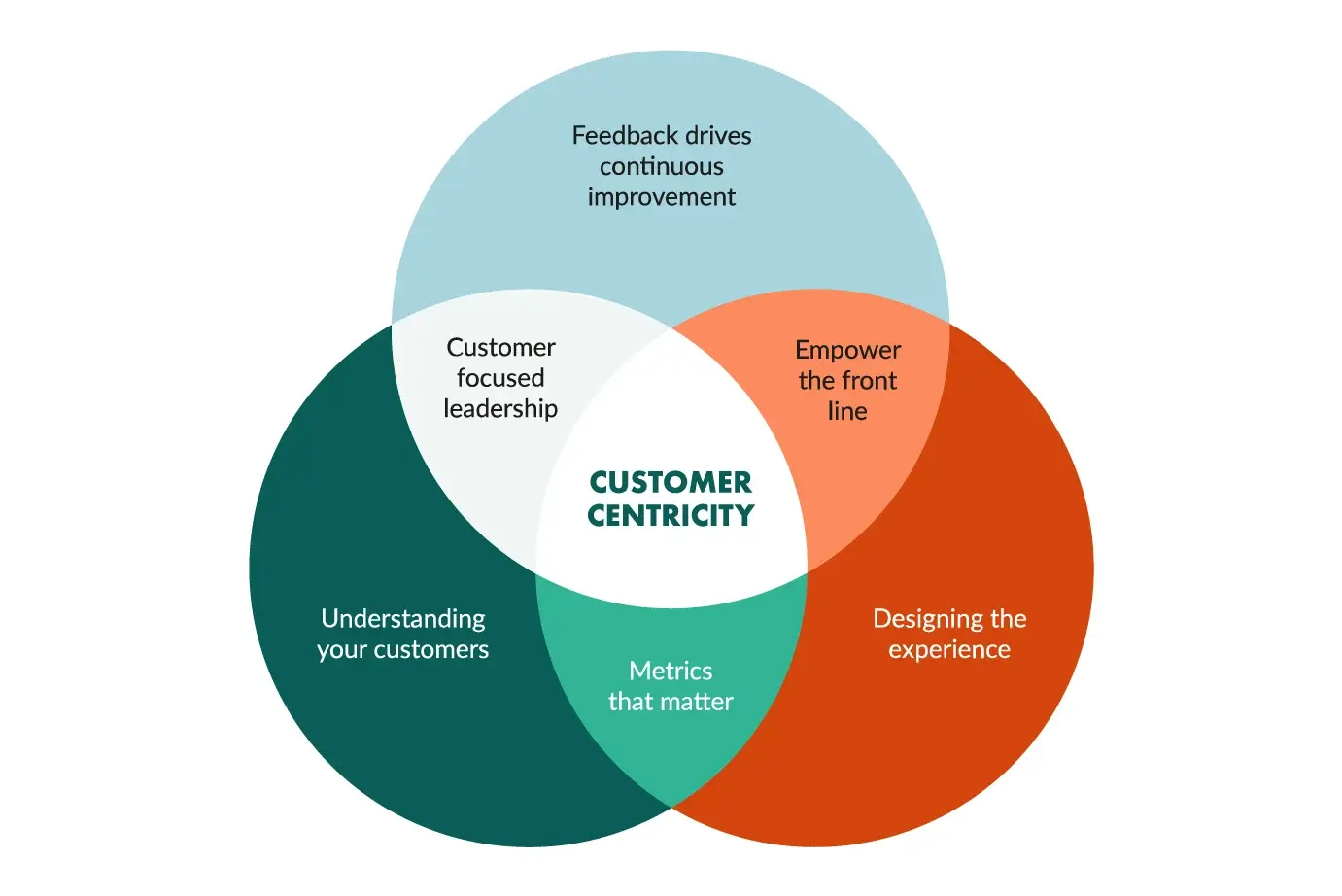
Understanding your customers is crucial for the success of any business. Without a deep understanding of your customers’ needs, preferences, and behaviors, it is challenging to create products or services that meet their expectations.
By taking the time to understand your customers, you can tailor your offerings to their specific needs. This can result in increased sales, customer loyalty, and positive word-of-mouth. Additionally, understanding your customers can help you to identify trends and anticipate changes in the market, enabling you to stay ahead of the competition.
Furthermore, customer insights can help businesses to improve their marketing and customer service efforts, leading to higher customer satisfaction and retention rates. In summary, understanding your customers is essential for building long-term relationships and driving business growth.
Techniques For Gathering Customer Data
Customer behavior is an extremely viable piece of information for a business. But you can’t just download a file containing the buying behavior and preferences of every customer ever. You have to use certain techniques to conduct a customer survey.
Here are some techniques for gathering customer data:
Surveys
Surveys are an effective way to collect customer data. You can easily administer these surveys online, over the phone, or in person. Also, you can design them to collect a wide range of information, from basic demographic data to more detailed feedback on specific products or services.
Customer Feedback Forms
Customer feedback forms can be used to gather customer opinions and suggestions. These forms can be made available on a company’s website, in-store, or via email, and can be designed to ask targeted questions about specific products or services.
Social Media Monitoring
Social media platforms provide a wealth of customer data that can be used to gain insights into customer behavior, preferences, and sentiment. By monitoring social media channels, businesses can identify customer pain points and trends and respond in a timely manner.
Customer Interviews
In-depth customer interviews can provide valuable insights into customer needs, behaviors, and preferences. These interviews can be conducted in person, over the phone, or via video conferencing. They can then be used to gain a deeper understanding of a customer’s experience with a product or service.
Customer Analytics
Customer analytics tools can be used to gather and analyze customer data from a variety of sources, including website traffic, purchase history, and social media activity. This data can be used to identify trends, patterns, and customer behavior, which can inform marketing and product development strategies.
Overall, gathering customer data is a crucial component of any successful business strategy. Understanding customer needs and preferences helps businesses tailor their products and services to better meet customer expectations, which can lead to increased customer satisfaction, loyalty, and revenue.
Analyzing Customer Data To Determine Customer Preferences
Now that we have collected customer data, it’s time to analyze it and use it to provide the goods and services they demand for. Analyzing customer data can help businesses understand their customers’ preferences, needs, and behaviors.
This information can be used to improve product offerings, tailor marketing campaigns, and enhance the overall customer experience. By better understanding customer preferences, businesses can increase customer loyalty, attract new customers, and drive revenue.
How to Analyze Customer Data to Determine Customer Preferences:
Identify key data sources
Determine which sources of customer data are most relevant to your business, such as website analytics, customer feedback forms, or social media insights.
Gather and organize data
Collect data from the identified sources and organize it in a way that is easily digestible and actionable.
Use data visualization tools
Visualize customer data using graphs, charts, and other tools to identify patterns and trends.
Segment customers
Divide customers into specific groups based on demographics, purchasing behavior, or other relevant factors.
Analyze customer behavior
Look for patterns in customer behavior, such as which products are most popular, what times of day customers tend to make purchases, or which marketing campaigns have been most effective.
Collect feedback
Encourage customers to provide feedback on their experiences with your products or services, and use this feedback to improve offerings and customer experience.
That being said, analyzing customer data is essential for understanding customer preferences and improving business strategies. By leveraging customer insights, businesses can create a more personalized and engaging customer experience which will result in increased leads.
Using Customer Data To Personalize Customer Experiences
Using customer data to personalize customer experiences involves tailoring products, services, and marketing campaigns to meet the specific needs and preferences of individual customers.
By collecting and analyzing customer data, businesses can gain insights into customer behavior, purchase history, and preferences. This can be used to create more personalized experiences. This can include personalized product recommendations, customized offers, and targeted marketing campaigns.
Personalization can help to improve customer engagement, increase loyalty, and drive revenue. By providing a more customized experience, businesses can create a competitive advantage in the marketplace and position themselves as leaders in customer service and satisfaction.
Creating Effective Customer Loyalty Programs

Creating effective customer loyalty programs is essential for businesses looking to build long-term relationships with their customers. Here are some benefits of customer reward programs:
Increases customer retention
Customer loyalty programs incentivize customers to continue doing business with a company, increasing their likelihood of returning to make additional purchases.
Improves customer satisfaction
By rewarding customers through the best loyalty reward programs, businesses can improve overall customer satisfaction, leading to increased retention rates and positive word-of-mouth.
Attracts new customers
An effective loyalty program can help attract new customers who are looking for businesses that value customer loyalty.
Provides valuable customer insights
Customer loyalty programs can provide businesses with valuable data on customer behavior, preferences, and purchase history, which can be used to improve marketing efforts and product offerings.
Creates a competitive advantage
Offering a unique and effective loyalty program can help businesses stand out in a crowded marketplace, creating a competitive advantage and boosting customer loyalty via customer reward programs.
Common Types Of Customer Loyalty Programs
The Points & Rewards
Customers earn points for purchases, which can be redeemed through customer reward programs for rewards such as discounts, free products, or exclusive experiences. This program incentivizes customers to continue making purchases and gives them a tangible reward for their loyalty.
The Coupon & Referral Program
Customers receive coupons or discounts for referring new customers to the business. This program encourages customers to spread the word about the business and rewards them for doing so.
The Charity Based Program
A portion of the customer’s purchase is donated to a chosen charity or cause. This program aligns the business with a charitable cause and can appeal to customers who want to make a positive impact with their purchases.
The Partnership/Membership Program
Customers receive exclusive perks or discounts by joining a partnership or membership program with the business or other companies. The membership program creates a sense of exclusivity and can provide customers with additional value beyond their purchases.
The Tier-Level Program
Customers earn rewards and benefits based on their tier level, which is determined by their purchase history or loyalty. The tier-level criteria incentivizes customers to continue making purchases and rewards them for their loyalty with increasingly valuable benefits.
The Community Program
Customers join a community of like-minded individuals and receive exclusive benefits and rewards. This program creates a sense of belonging and can foster a strong sense of brand loyalty among customers.
The Subscription-Based Program
Customers pay a recurring fee for exclusive access to products, services, or content. This program provides customers with a steady stream of value and can create a predictable revenue stream for the business.
Depending on your brand and what you’re selling at least one type of customer loyalty reward program will work for your brand — even if it’s simple and monetarily insignificant.
Customers like being part of an exclusive group tied to their favorite brands and businesses, and starting small with your loyalty programs is a good way to generate repeat customers and find what works best.– Shideh Kaviani, President of Naked Wardrobe
Key Elements Of Best Customer Loyalty Programs
Clear Program Structure And Rules
A clear program structure and rules help customers understand how the program works and what they need to do to earn rewards. This includes details on how to earn points or rewards, how to redeem them, and any limitations or restrictions that apply.
A well-structured program with clear rules helps customers feel more confident in their ability to earn and redeem rewards, which can encourage loyalty.
Meaningful Rewards
Rewards should be meaningful and valuable to customers, providing a real incentive for loyalty. This can include discounts, exclusive products or experiences, free shipping, or early access to new products.
The rewards should align with customers’ interests and preferences, and be relevant to their purchasing habits.
User-Friendly Program Interface
A user-friendly program interface makes it easy for customers to participate in the loyalty program and track their progress.
This includes a mobile-friendly interface, clear instructions on how to earn and redeem rewards, and easy-to-understand tracking of points or rewards.
Regular Communication With Customers
Regular communication with customers keeps them engaged with the loyalty program and the brand. This includes email updates, push notifications, and social media updates.
This communication should be personalized and relevant, providing customers with updates on their rewards progress, exclusive offers, and other relevant information.
How to Create a Customer Loyalty Program
Creating a customer loyalty program isn’t a hard nut to crack. However, remember that the actions you choose to recognize and the incentives you provide will be determined by the goals you want to achieve with your loyalty program.
Define the goals of your loyalty program so that it promotes specific shopper behaviors and boosts targeted areas of your business, whether you want to incentivize referrals or increase social media engagement.
Here’s an amazing depiction of 8 easy steps to a successful customer loyalty program by Fit Small Business:

Fostering Customer Engagement And Loyalty
Fostering customer engagement and loyalty is essential for businesses to succeed. By creating meaningful connections with customers through personalized experiences and effective communication, businesses can build strong relationships. As a result, these relationships will encourage repeat business and positive word-of-mouth recommendations.
Beyond discounts, freebies, and promotions, effective customer loyalty programs weave trust. Furthermore, it also fosters rapport, engagement, and a good brand reputation. Going back to basic customer care is a practical way to implement effective customer loyalty programs.
It involves continuously identifying their pain points, changing needs, buying experience, budget constraints, cybersecurity concerns, etc., using data analytics, CRM, and other tracking tools.
– Simon Bacher, Co-Founder of Simya Solutions
Strategies For Fostering Customer Engagement And Loyalty
1. Providing Excellent Customer Service
Excellent customer service is key to fostering customer engagement and loyalty. Hence, businesses that prioritize customer service and go above and beyond to meet customer needs and expectations can create positive experiences that encourage repeat business and referrals.
2. Offering Personalized Recommendations And Promotions
Personalized recommendations and promotions can make customers feel valued and understood. Hence, by leveraging customer data to offer personalized product recommendations and promotions, businesses can show customers that they are paying attention to their needs and preferences.
Inspire customer engagement by providing exclusive promotions that directly contribute to the cause they support with their purchases. This builds trust, deepens the emotional connection, and cultivates a sense of community around your brand.
– Sam Tabak, Board Member at Rabbi Meir Baal Haness Charities
3. Encouraging Customer Feedback
Encouraging customer feedback can provide valuable insights into customer needs and preferences, as well as areas where the business can improve. Adding to that, by actively soliciting and responding to customer feedback, businesses can demonstrate that they care about their customers’ opinions and are committed to providing the best possible experience.
4. Building Emotional Connections With Customers
Building emotional connections with customers can create a strong sense of loyalty and brand advocacy. So, by sharing the business’s values and story, creating a sense of community, and using emotional appeals in marketing and messaging, businesses can connect with customers on a deeper level and build lasting relationships.
What Is The HubSpot Loyalty Program?
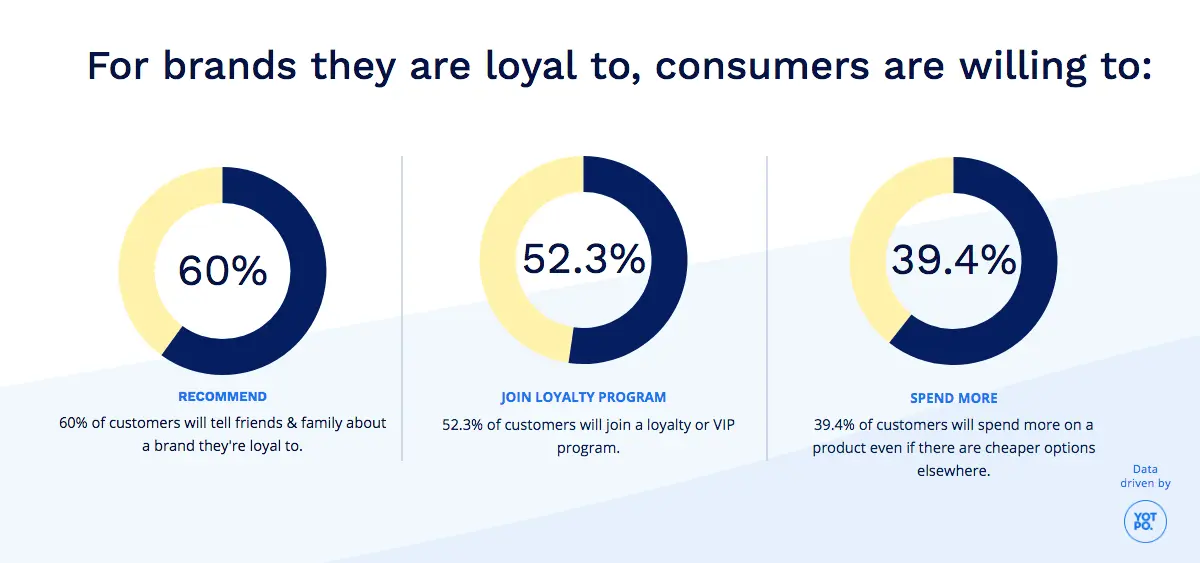
The HubSpot loyalty programs, also known as the HubSpot Academy Loyalty Programs, are customer loyalty programs included in the HubSpot Service Hub that reward HubSpot Academy customers through customer reward programs for their loyalty and engagement with the company’s educational resources. The program is free to join and allows customers to earn points for completing various activities, such as watching videos, completing courses, and passing quizzes.
Points earned through the program can be redeemed for rewards such as exclusive content, discounts on HubSpot products and services, and HubSpot swag. This program is designed to incentivize customers to engage more deeply with HubSpot’s educational resources and to foster a sense of community and loyalty among its customer base.
The HubSpot loyalty program is accessible to anyone with a free or paid HubSpot Academy account. Further, the participants of this loyalty reward program can track their progress and rewards through a user-friendly dashboard. The program also offers regular communication with participants, including email updates on new rewards and program developments.

Free Download HubSpot Service Hub Checklist
Beginner-friendly HubSpot Service Hub Set up Guide to get your business started.
Different Ways Customers Can Earn Points And Rewards
Complete courses and quizzes
Customers can earn points for completing courses and quizzes offered through the HubSpot Academy. That is to say, the number of points you earned as a customer varies depending on the length and complexity of the course or quiz.
Attend webinars
HubSpot regularly hosts webinars on various marketing and sales topics. Subsequently, you as customers can earn points for attending these webinars and engaging with the content.
Refer friends
Customers can earn bonus points by referring friends and colleagues to HubSpot Academy. When someone signs up for a HubSpot Academy account using the customer’s referral link, the customer earns bonus points.
Share on social media
Customers can earn points by sharing HubSpot Academy content on social media. Likewise, this includes sharing blog posts, courses, and webinars on platforms like Twitter and LinkedIn.
Provide feedback
HubSpot values feedback from its customers and offers points for completing surveys and providing feedback on its products and services.
Achieve milestones
HubSpot recognizes and rewards customers through the loyalty reward program who achieve certain milestones, such as completing a certain number of courses or referring a certain number of friends.
The activities help customers earn points that they can redeem for various rewards. For instance, access to exclusive content, discounts on HubSpot products and services, and HubSpot swag. Moreover, the HubSpot loyalty reward program incentivizes customers to engage more deeply with HubSpot’s educational resources. Equally important is also rewarding them for their loyalty and engagement.
Thinking about working with HubSpot Customer Loyalty Program?Here’s How To Build Your Email List With HubSpot Coupon Pop-Ups! |
Examples Of Rewards Offered Through The Program
Access to exclusive content
Customers can redeem their points for access to exclusive content, such as advanced courses or special reports.
Discounts on HubSpot products and services
Customers can use their points to receive discounts on HubSpot products and services, such as HubSpot Marketing Hub or HubSpot Sales Hub.
HubSpot swag
Customers can redeem their points for HubSpot branded swag, such as t-shirts, water bottles, or laptop stickers.
Consultation with a HubSpot expert
Customers can use their points to schedule a consultation with a HubSpot expert, who can provide guidance and advice on marketing and sales strategies.
Donations to charity
Customers can choose to donate their points to a charity of their choice, which is a great way to give back while also participating in the loyalty reward program.
HubSpot loyalty programs offer these rewards to provide value to customers. Moreover, the donations also act as encouraging engagement with HubSpot’s products and services. Adding to that, by offering a variety of rewards that cater to different interests and needs, the program is able to keep customers engaged and motivated to earn points.
Benefits Of Fostering Customer Engagement And Loyalty
1. Increased Customer Retention
Fostering customer engagement and loyalty can lead to increased customer retention rates. When customers feel valued and appreciated, they are more likely to continue doing business with a company, rather than switching to a competitor.
2. Higher Customer Lifetime Value
Loyal customers are more likely to make repeat purchases and spend more money over their lifetime with a company. Consequently, by fostering customer engagement and loyalty, businesses can increase the customer lifetime value (CLV), which is the amount of revenue a customer generates for a company over the course of their relationship.
3. Positive Word-Of-Mouth Marketing
Loyal customers are more likely to recommend a company to their friends and family, leading to positive word-of-mouth marketing. This can help attract new customers and build brand awareness, as well as improve the company’s reputation and credibility in the marketplace.
Aligning yourself with a cause that everyone recognizes and appreciates is a great way to establish customer loyalty.
– Marcus Hutsen, Business Development Manager of Patriot Coolers
Measuring The Success Of Your Customer Loyalty Program
First, a peek at the customer loyalty survey email performance dashboard operated by HubSpot Loyalty Program:

Measuring the success of a customer loyalty program is crucial for understanding its impact on the business and customers. Adding to that, identifying areas for improvement and ensuring that the program is generating a positive return on investment should also be a prime concern.
By measuring the success of the program, businesses can evaluate its effectiveness in achieving its objectives. Besides, they can also improve customer engagement and satisfaction and adjust their strategy based on data. Ultimately, measuring the success of a customer reward programs can help businesses optimize the program for success and drive revenue growth.
Tools For Measuring Customer Loyalty Program Success
Customer Relationship Management (CRM) Software
CRM software is a tool that helps businesses manage and analyze customer interactions and data throughout the customer lifecycle. It can provide insights into customer behavior and preferences, track customer engagement with loyalty programs, and help measure customer loyalty program success.
Net Promoter Score (NPS) Surveys
NPS surveys are a commonly used metric for measuring customer loyalty. The NPS survey asks customers to rate on a scale of 0-10 how likely they are to recommend a company to a friend or colleague. The score is calculated by subtracting the percentage of detractors (those who give a score of 0-6) from the percentage of promoters (those who give a score of 9-10).
Customer Satisfaction Surveys
Customer satisfaction surveys can be used to measure the success of a customer loyalty program by asking customers to rate their level of satisfaction with the program, its rewards, and overall experience. CSS surveys can be conducted through email, social media, or through in-store or online interactions.
Redemption Rate Analysis
Redemption rate analysis measures the percentage of rewards or incentives that are redeemed by customers. This metric helps businesses determine how effective their loyalty program rewards are and how often customers are engaging with the program
Lifetime Value Analysis
Lifetime value analysis is a metric that measures the total value a customer brings to a business over the entire time they remain a customer. Moreover, it takes into account factors such as customer retention rate, purchase frequency, and average order value. This metric can help businesses determine the ROI of their loyalty program and identify areas for improvement.
Here is a panel of customer loyalty survey templates provided by the HubSpot Loyalty Program:

Before we conclude, have a revision of popular customer loyalty programs explained by the team of JCammidge:
Points Program: Customers earn points for every purchase, which they can later redeem for rewards.
Tiered Program: Customers earn different levels of rewards based on their level of engagement or spending with the business.
VIP Membership Program: Customers pay a fee to receive special benefits such as exclusive discounts or free shipping.
Cashback Program: Customers receive a percentage of their purchases back as a credit for future use.
Partnership Program: Businesses partner to offer shared rewards, enhancing the value proposition for their shared customers.
Conclusion
In conclusion, customer loyalty programs are an important component of any successful business strategy. By focusing on building relationships with existing customers and providing them with meaningful rewards and incentives, businesses can increase customer retention rates, drive sales, and improve overall brand loyalty.
With the right approach to ongoing engagement and communication, a well-designed loyalty program can help your business build lasting relationships with your customers and achieve long-term success.

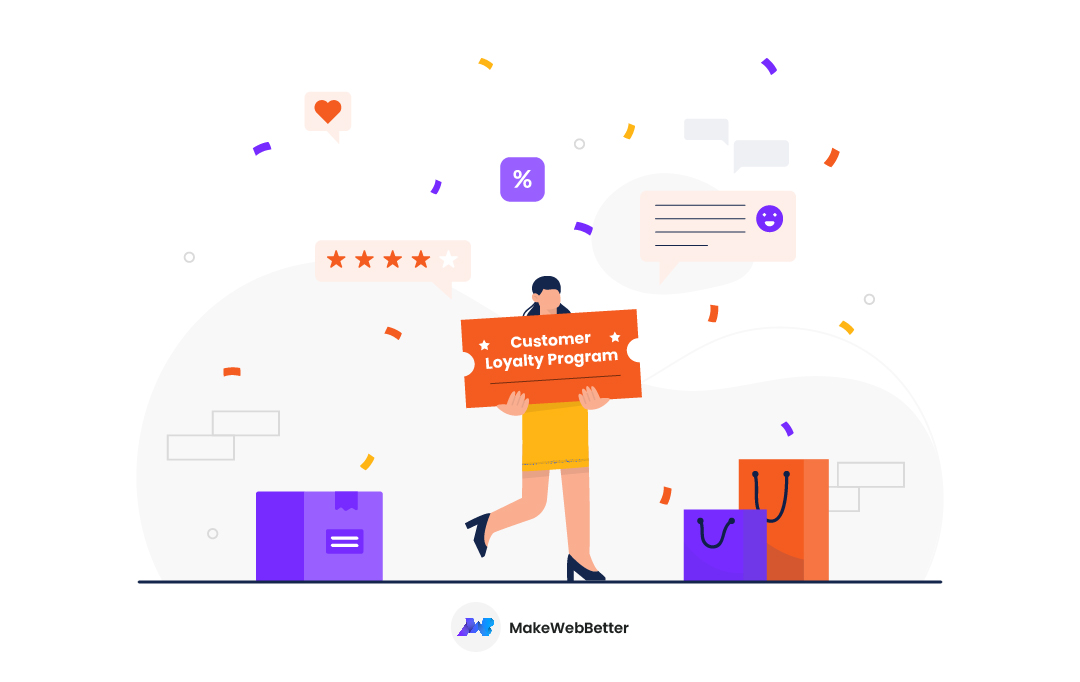
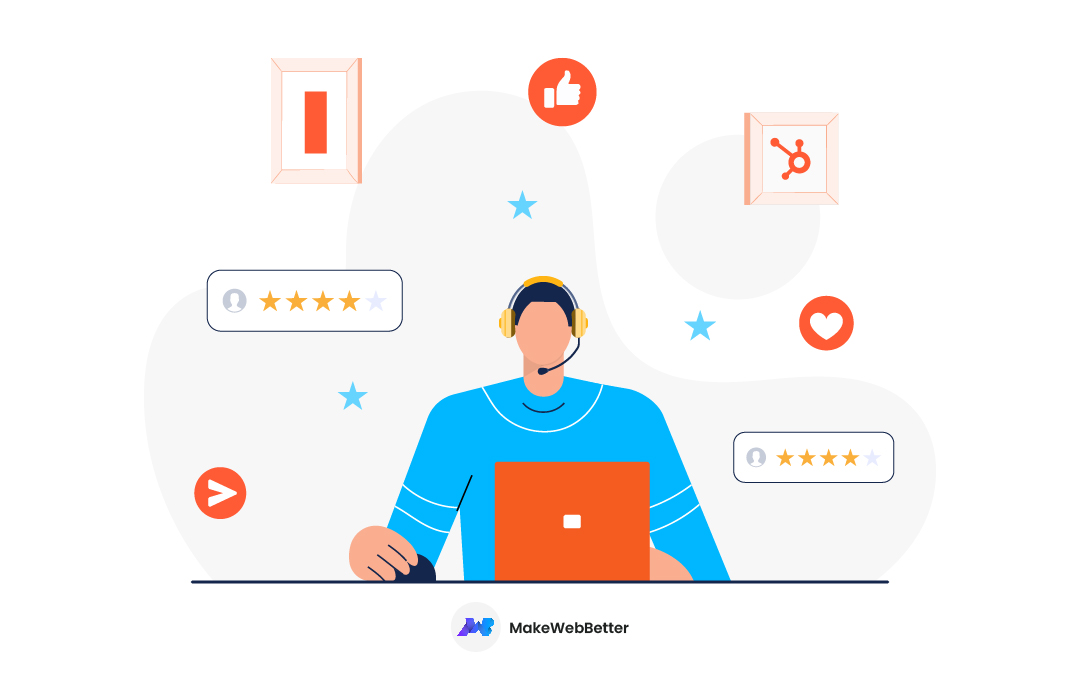
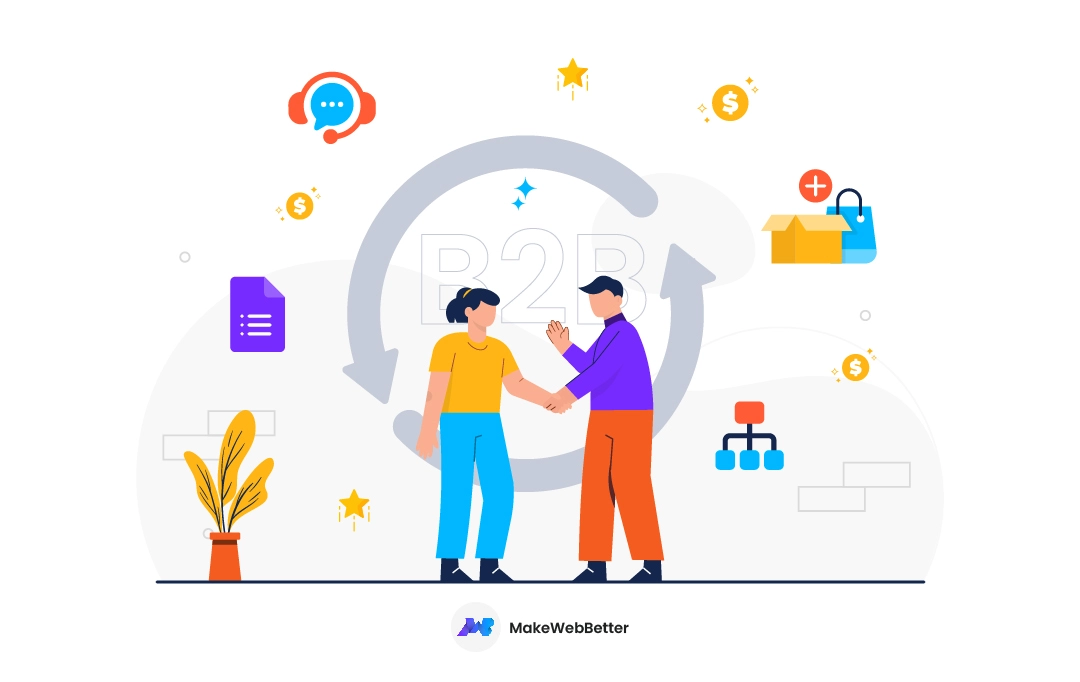
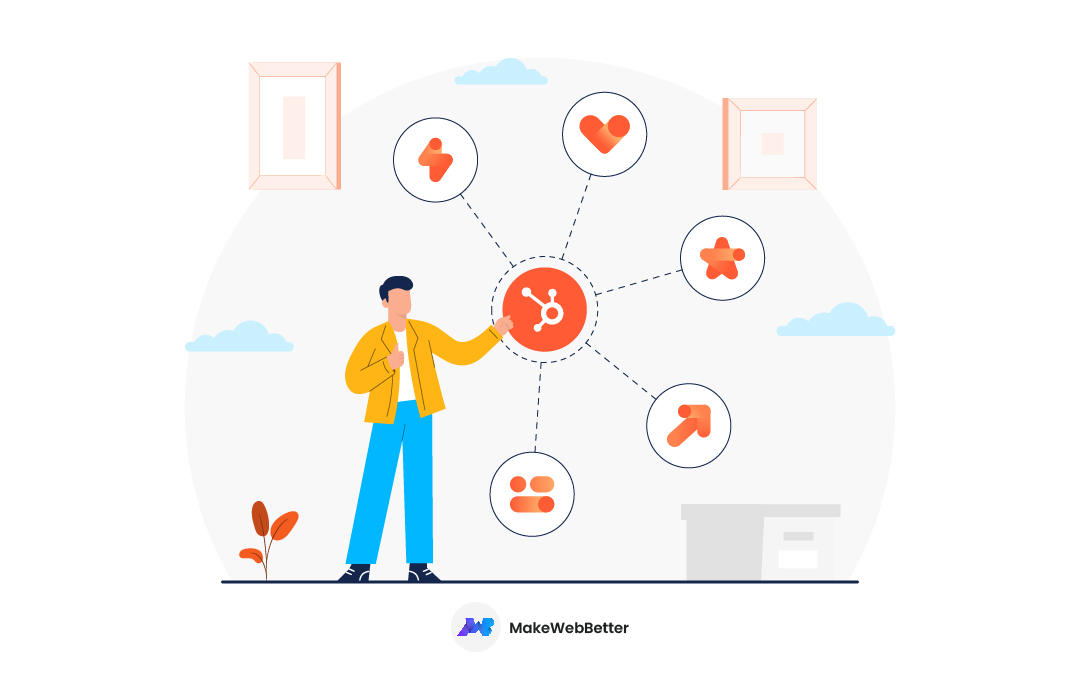




Hey Sanya,
Really Good Read.
I must say that experience really matters……as
Existing customers spend 67% more than new customers and
83% of customers agree that loyalty programs make them more likely to continue doing business with certain companies. Gaining customer loyalty isn’t just following a template. It’s considering the customer first in all your decision making.
Thanks for posting such article.
Thanks for appreciating Ms. Sehgal. Customer Loyalty program is certainly the decision influencer for the customers.
Stay tuned to read more of the good content.